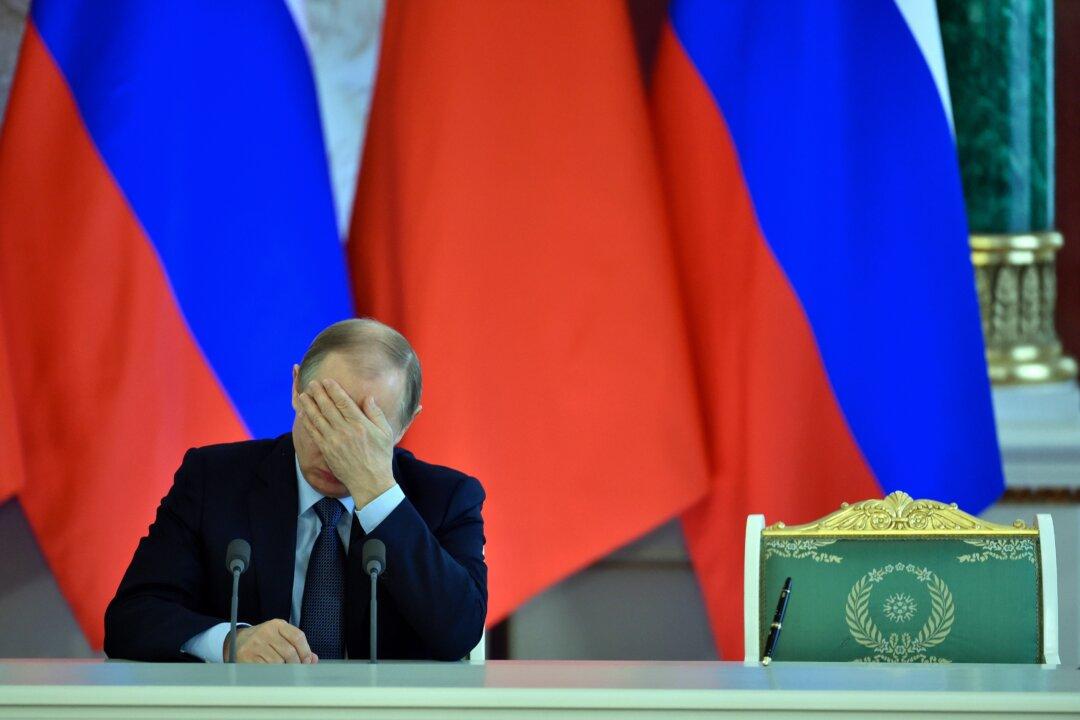When we hear about rich people from the former Soviet Union, we first think about corruption. And yet, it’s real economic problems in Russia and Ukraine that are pushing legitimate business people to invest in the United States.
“We ask for documentation: Proof of income, proof of taxes paid. How the client claims the money was made. We ask them for their Russian tax return. If you report $500,000 of income I would be shocked if you could afford a $50 million apartment,” says Marlen Kruzhkov, an attorney with Gusrae Kaplan, which has a lot of clients from Eastern Europe and Russia.
Many of our clients who were making substantial money in the oil sector had to sell, went bankrupt ...





